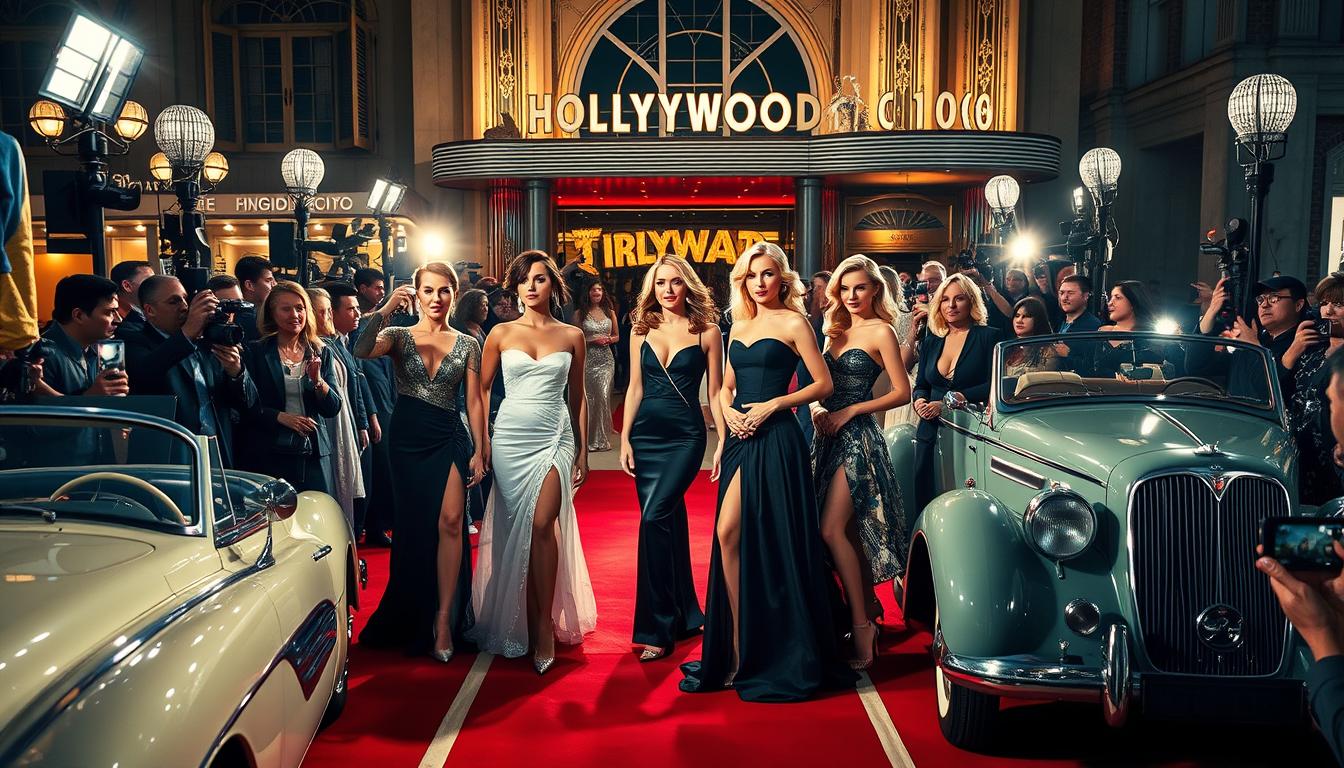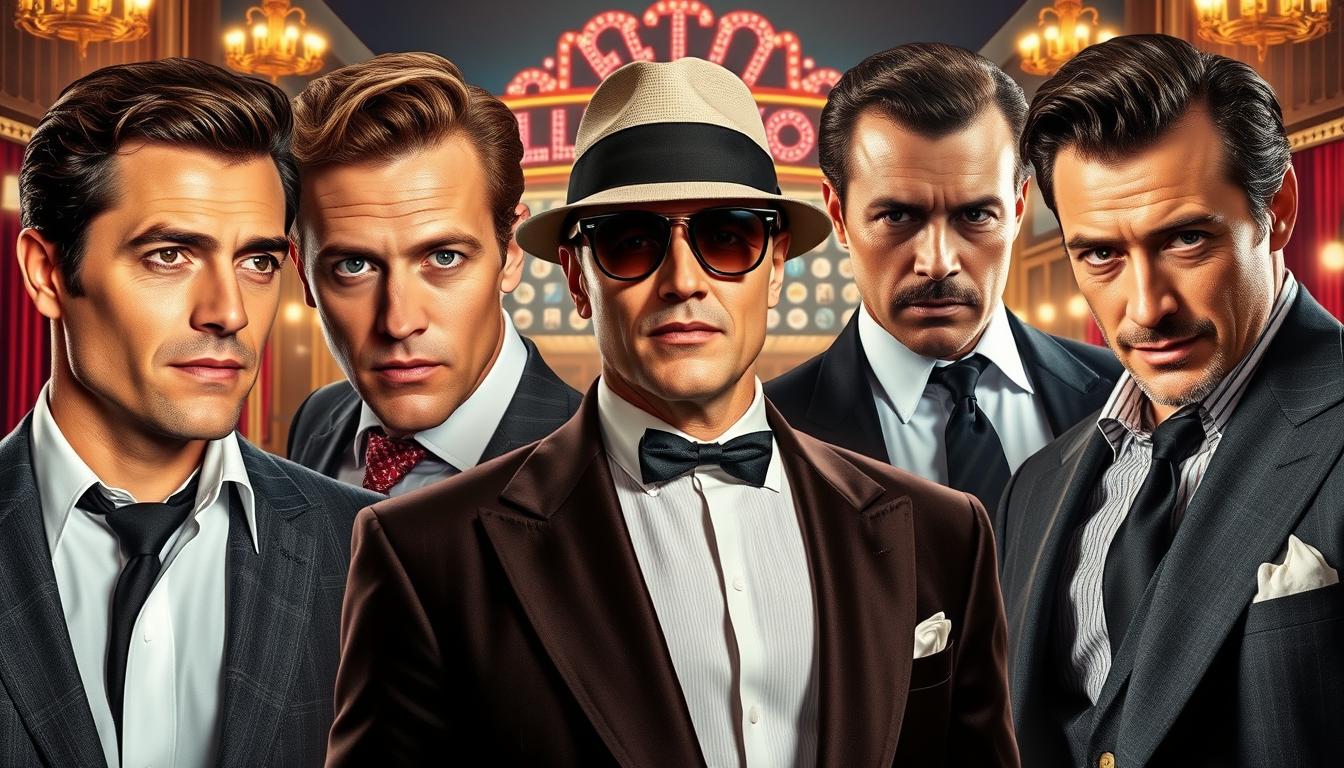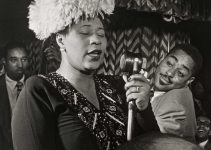Hollywood has always been about more than just movies. From the early 20th century to the present day, the allure of the movie star has captivated audiences, transforming actors and actresses into household names and cultural icons. This transformation didn’t happen by accident—it was the product of the Hollywood star system, a meticulously crafted machine designed to mold talent into superstardom, maintain control over their public image, and use their influence to sell movies. Today, we will explore the star system—how it began, who the biggest icons were, and how its legacy continues to influence Hollywood and popular culture.

Contents
- 0.1 The Birth of the Hollywood Star System
- 0.2 Studio Control and Manufactured Images
- 0.3 Icons of the Star System
- 0.4 The Decline of the Studio System
- 0.5 The Rise of Independent Stars and Changing Power Dynamics
- 0.6 Icons of New Hollywood
- 0.7 The Blockbuster Era and Star Power
- 0.8 Modern Hollywood and the Evolution of Stardom
- 0.9 Legacy and Influence on Popular Culture
- 0.10 The Double-Edged Nature of Fame
- 0.11 Conclusion
- 1 Author
The Birth of the Hollywood Star System
The Hollywood star system emerged in the early 1920s, as cinema transitioned from short films to feature-length productions. Studios quickly realized that audiences were not only attracted by the story but were also enamored with the performers themselves. They could capitalize on this fascination by promoting the actors and actresses who appeared on screen, building larger-than-life personas that would draw audiences to the theater.
By the 1920s and 1930s, major studios like MGM, Paramount, Warner Bros, and Fox had become experts at creating stars. They signed actors to long-term contracts and then invested in grooming, managing, and publicizing them. The studio system took young, often inexperienced actors and put them through a rigorous development process, which included training in acting, diction, dancing, and even personal grooming. The idea was to create a consistent, glamorous, and polished image that could be sold to the public.
Key players in this system were studio moguls such as Louis B. Mayer, who understood the power of the star’s appeal. Mayer and others ensured that actors were not just playing roles in movies but also acting as ambassadors of a specific kind of American dream. The glamorous, almost mythic quality of these stars made them aspirational figures that audiences both admired and aspired to be like.
Studio Control and Manufactured Images
Under the studio system, stars had little control over their professional lives, and, often, their personal lives were heavily curated to maintain a particular public persona. Studios assigned actors specific types of roles, hoping to build a distinct brand around each performer. For instance, MGM portrayed Judy Garland as the girl next door, while Paramount crafted Mae West into a symbol of risqué humor and sexuality. Each star had a carefully constructed image, and deviations from that image were not tolerated.
Studios also engaged in considerable public relations efforts to maintain these carefully curated images. Relationships were staged or kept secret based on what would most benefit the star’s career. Paparazzi and gossip columnists like Hedda Hopper and Louella Parsons were influential in reinforcing the public perception of these stars. They were fed specific information that bolstered a particular narrative, ensuring that audiences stayed captivated by the lives of these icons.
This level of control allowed studios to manipulate almost every aspect of a star’s life, which often came at a personal cost. Many actors faced incredible pressure to maintain the persona assigned to them, with issues like drug abuse, restrictive diets, and invasive oversight being all too common. Judy Garland, for instance, was forced to take amphetamines to keep her energy up during filming and barbiturates to sleep—a tragic cycle that took a profound toll on her health.
Icons of the Star System
The Hollywood star system produced some of the most iconic names in film history, individuals who became synonymous with the glamour and magic of Hollywood. Stars like Marilyn Monroe, Humphrey Bogart, Clark Gable, and Elizabeth Taylor were not merely actors but cultural icons whose influence extended far beyond their movies.
Marilyn Monroe, for example, became the quintessential Hollywood bombshell, embodying a mix of innocence and sexuality that captivated audiences across the globe. Her image was carefully managed by 20th Century Fox, with her public persona as much a part of her success as her roles in films like “Gentlemen Prefer Blondes” (1953). Monroe’s image was so powerful that it eclipsed her ambitions as a serious actress, and she struggled against the limitations imposed by her star status.
Humphrey Bogart, on the other hand, represented the rugged, cynical antihero. Known for his roles in films like “Casablanca” (1942) and “The Maltese Falcon” (1941), Bogart’s image as the brooding, morally ambiguous protagonist became iconic. His persona was so well-crafted that it established a template for the antihero that continues to influence characters in modern film and television.
Clark Gable, known as “The King of Hollywood,” epitomized the masculine, leading-man archetype that studios desired. Gable’s charisma and presence helped make films like “Gone with the Wind” (1939) cultural touchstones. His combination of confidence and vulnerability created an image that was both relatable and aspirational, making him one of the most enduring figures of the star system.
Elizabeth Taylor was another major icon produced by the star system, known for her beauty, talent, and often turbulent personal life. Unlike many of her contemporaries, Taylor managed to successfully transition from child star to adult leading lady, and her career spanned multiple decades. Her roles in films like “Cleopatra” (1963) and “Who’s Afraid of Virginia Woolf?” (1966) showcased her acting range, while her off-screen romances made her a constant fixture in the tabloids.
The Decline of the Studio System
The star system began to decline in the late 1940s and early 1950s, for several reasons. The 1948 Supreme Court decision in “United States v. Paramount Pictures, Inc.” forced studios to divest their ownership of theaters, weakening the vertical integration that had made the studio system so powerful. Moreover, the rise of television provided audiences with more entertainment options, reducing their dependency on movies as the primary source of visual storytelling.
In response to these challenges, actors began to seek more creative control over their careers. The decline of long-term studio contracts allowed stars to become more independent, choosing their projects and negotiating their terms. Icons like Marlon Brando and Elizabeth Taylor led this charge, using their influence to work on films they were passionate about, rather than merely fulfilling studio requirements. This shift marked the beginning of a new era in Hollywood, where stars were able to leverage their fame to gain creative freedom and control over their careers.
The Rise of Independent Stars and Changing Power Dynamics
The 1960s and 1970s saw the emergence of independent production companies and the rise of the “auteur” movement, where directors and actors sought to gain more control over their creative output. This new era allowed stars like Paul Newman, Robert Redford, and Jane Fonda to transition from studio contract players to independent actors with significant influence over their projects. They could now choose roles that aligned with their personal values and interests, rather than being pigeonholed into the types dictated by studio executives.
During this period, the idea of the “method actor” also began to gain traction, with stars like Marlon Brando, James Dean, and later Robert De Niro bringing a new intensity and realism to their performances. Method acting, developed by Lee Strasberg and based on the teachings of Constantin Stanislavski, emphasized emotional authenticity and connection to the character. These stars rejected the polished, often superficial personas crafted by the old studio system in favor of a more raw and unfiltered approach to their craft.
Icons of New Hollywood
The fall of the traditional studio system coincided with the rise of what became known as “New Hollywood” in the late 1960s and 1970s. This era was characterized by a shift towards more experimental filmmaking and complex characters, and it produced a new generation of stars whose appeal lay not in their glamour, but in their authenticity. Actors like Al Pacino, Robert De Niro, and Faye Dunaway became iconic figures of this era, taking on challenging roles that explored the darker, more complex aspects of human nature.
New Hollywood films such as “The Godfather” (1972), “Taxi Driver” (1976), and “Chinatown” (1974) redefined the image of the leading man and woman. The stars of this era were no longer larger-than-life figures but instead portrayed characters with flaws and vulnerabilities that made them more relatable to audiences. This shift reflected broader changes in society, as the counterculture movement of the 1960s and 1970s led to a growing distrust of authority and a desire for stories that felt real and unvarnished.
The Blockbuster Era and Star Power
The late 1970s and 1980s saw the birth of the blockbuster era, a time when stars became essential to the marketing and success of big-budget films. The release of “Jaws” (1975) and “Star Wars” (1977) marked the beginning of a new kind of cinema, one driven by spectacle and mass appeal. Studios realized that having a major star attached to a project could significantly boost its chances of box office success.
During this era, stars like Harrison Ford, Tom Cruise, and Sylvester Stallone became synonymous with blockbuster filmmaking. These actors often took on roles that emphasized action, heroism, and charisma, becoming the faces of franchises that defined the cinematic landscape of the time. The “high concept” film—a movie with a simple, easily marketable premise—became the norm, and the star’s persona was often more important than the story itself.
Modern Hollywood and the Evolution of Stardom
Today, the legacy of the star system lives on, albeit in a very different form. The power dynamics between studios and stars have shifted dramatically, with actors now having far more control over their careers. Many stars have founded their production companies, allowing them to take on projects that reflect their interests and values. Examples include Reese Witherspoon’s Hello Sunshine, which focuses on female-driven narratives, and Leonardo DiCaprio’s Appian Way Productions, which often addresses environmental and social issues.
Social media has also revolutionized the concept of stardom. Platforms like Instagram, Twitter, and TikTok allow stars to connect directly with their fans, bypassing traditional media and presenting themselves in a more authentic light. This has democratized fame, giving stars greater control over their public image and how they interact with their audience. It also means that audiences feel a greater sense of connection to stars, who are no longer distant, untouchable figures but individuals sharing glimpses of their real lives.
However, the demands of social media can also be overwhelming, with stars needing to constantly engage with their audience to remain relevant. This has blurred the line between their professional and personal lives, creating new pressures that echo the control once exerted by the old studio system, albeit in a different form.
Legacy and Influence on Popular Culture

The Hollywood star system’s influence on popular culture cannot be overstated. It not only shaped the way movies were made and marketed but also helped define what it means to be a celebrity. The idea of the movie star as a brand—a carefully curated persona designed to appeal to audiences—was pioneered by the star system and continues to be relevant today.
This influence extends beyond the film industry. Musicians, athletes, and social media influencers have all adopted elements of the star system, creating personal brands that are meticulously managed to maximize their appeal. The notion of “selling an image” remains a central aspect of fame in the 21st century, a testament to the lasting legacy of the Hollywood star system.
Moreover, the fascination with the lives of the stars—their romances, scandals, successes, and failures—remains as strong as ever. The tabloid culture that began with the likes of Louella Parsons and Hedda Hopper has evolved into a vast ecosystem of entertainment news outlets, paparazzi, and online gossip blogs, all dedicated to feeding the public’s insatiable appetite for celebrity news.
The Double-Edged Nature of Fame
The Hollywood star system created icons that were larger than life, but it also highlighted the challenges and costs associated with fame. Many stars struggled with the pressures of living up to their public personas, facing issues like addiction, mental health struggles, and strained personal relationships. The intense scrutiny and demands placed on these individuals often came at a great personal cost, a reality that remains true for many celebrities today.
The tragic stories of stars like Judy Garland, Marilyn Monroe, and more recently, Robin Williams and Heath Ledger, serve as reminders of the dark side of fame. The pressures to perform, to maintain an image, and to meet the expectations of millions can be overwhelming, and the support systems in place are often insufficient to deal with the emotional and psychological toll of stardom.
Conclusion
The Hollywood star system played an instrumental role in shaping not only the film industry but also popular culture at large. By transforming actors into icons, Hollywood created a framework for celebrity that still influences how fame is manufactured and consumed today. The stars of yesteryear were crafted by studios into symbols of glamour, romance, and adventure, setting a template for celebrity that continues to resonate.
Though the old studio-controlled star system has long since disappeared, its influence remains in the way modern stars navigate their careers and cultivate their public images. The fascination with Hollywood icons—their talents, their tragedies, and their triumphs—remains a testament to the enduring power of the movies and the magic of the stars who bring them to life. As Hollywood continues to evolve, the legacy of the star system endures, shaping not just the film industry, but the very nature of fame itself in the modern world.



